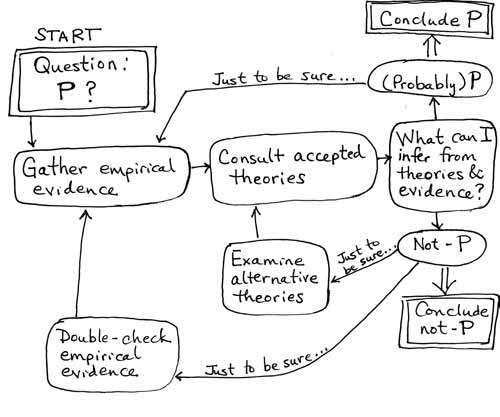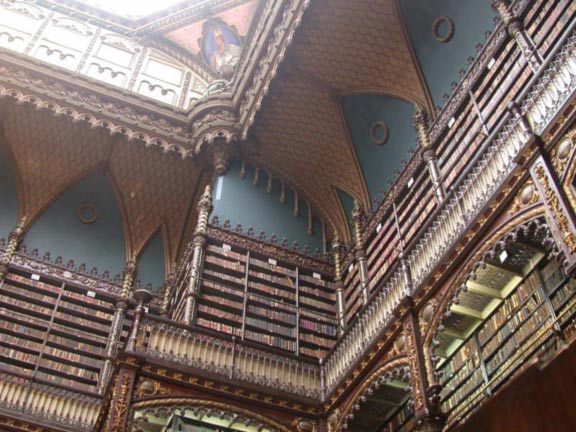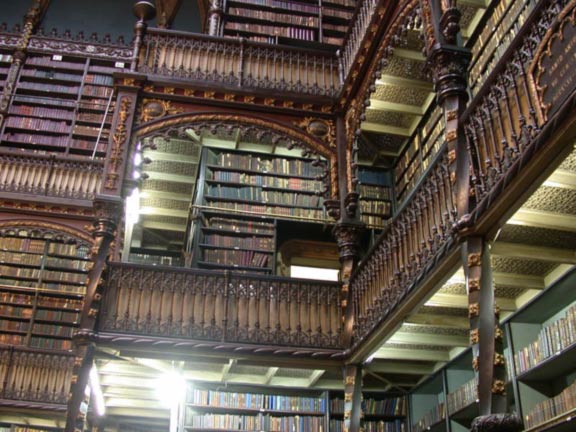Ok, so the science entries on Conservapedia are easy targets – finding mistakes is like shooting fish in a barrel. And quite a few of my fellow science bloggers have engaged in target practice lately. But not all the entries are grossly biased. Some probably sound quite plausible to the layperson. Like this one:
Mutations are changes in the genetic code caused by copying errors, or by external factors such as solar radiation or exposure to mutagenic chemicals. Mutations are sometimes the cause of disease, such as cancer or Down’s Syndrome (which is the result of an extreme mutation which causes an extra chromosome to be present). Evolutionists claim that heritable mutations produce genetic variety, upon which natural selection acts. However, mutations can only decrease information, never increase it.
source: Conservapedia: Mutations
(Accessed Feb 26, 2007 – nothing over there is stable, it kinda. . . mutates).
In my opinion, it’s entries like these that are most insidious, because there are no obvious red flags. They seem unbiased, simple, factual. And increasingly, students accept whatever they find on the internet as fact. (I don’t care if it’s Wikipedia or Conservapedia: it’s not ok to cite a site, especially those that change as often as wikis do!) Few of my college biology students would have picked up on the problems in this entry. I’m going to walk through it; this information will be nothing new for those readers who are biologists, but I think it’s an eye-opening exercise to see how easily the misinformation slips through and how hard it is to explain why it’s grossly oversimplified, if not wrong.
Continue reading






